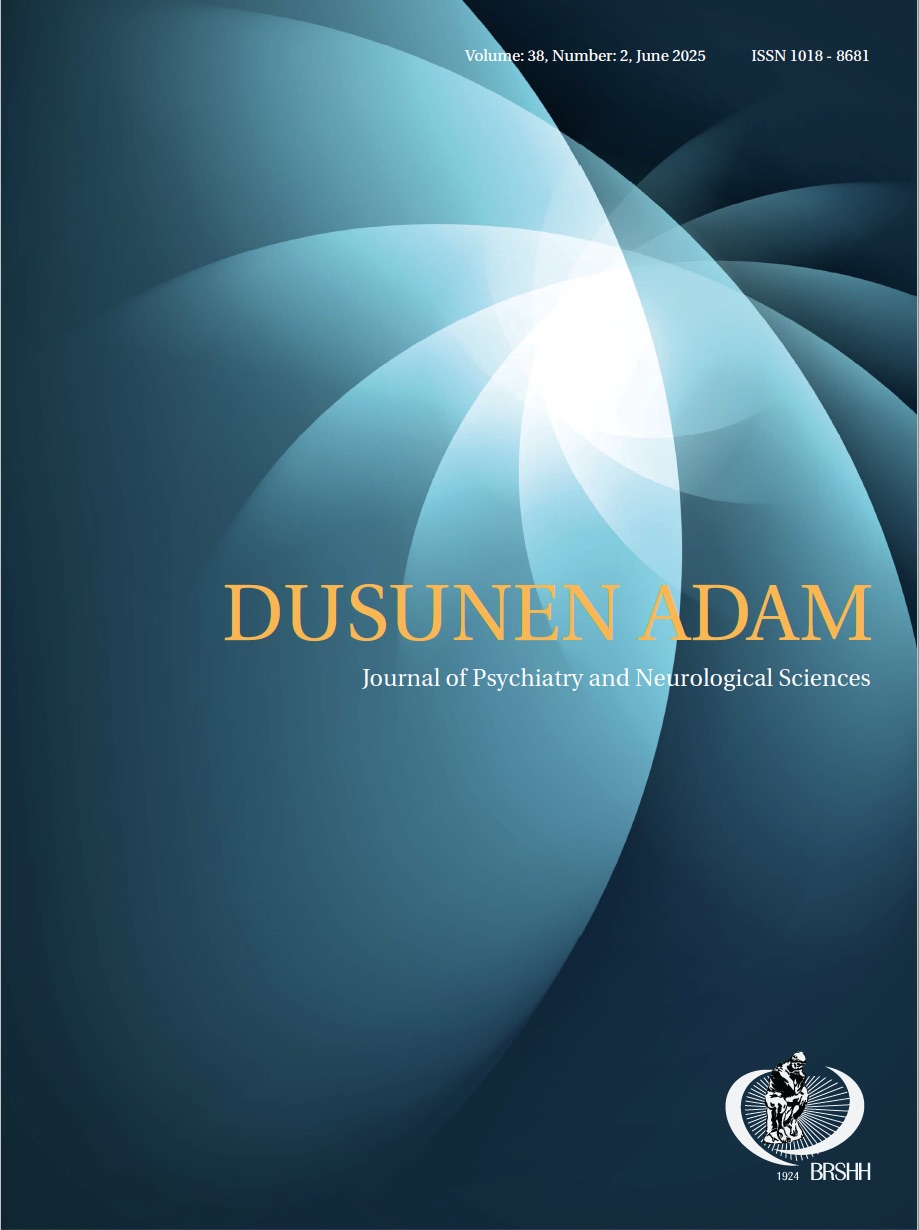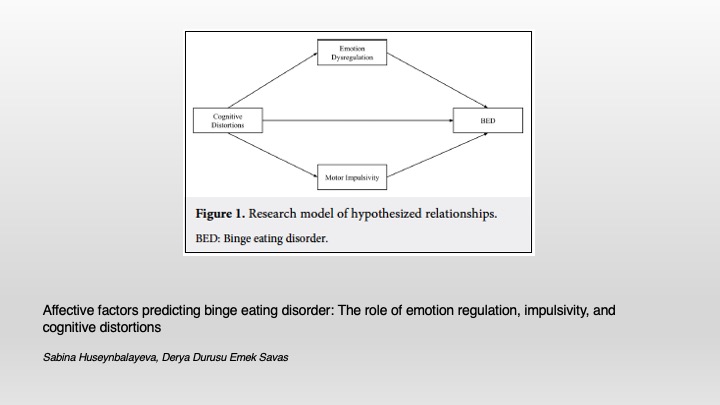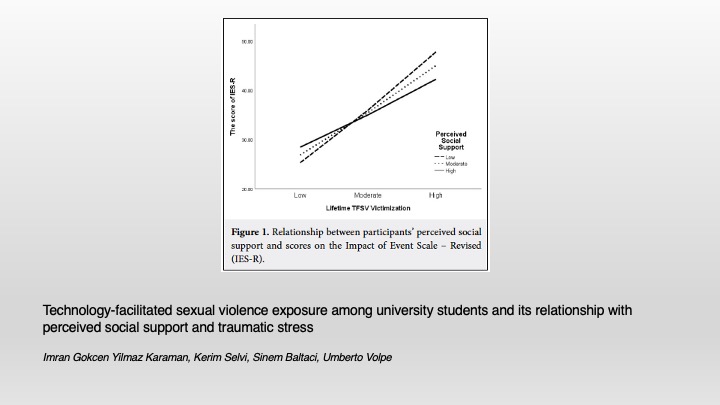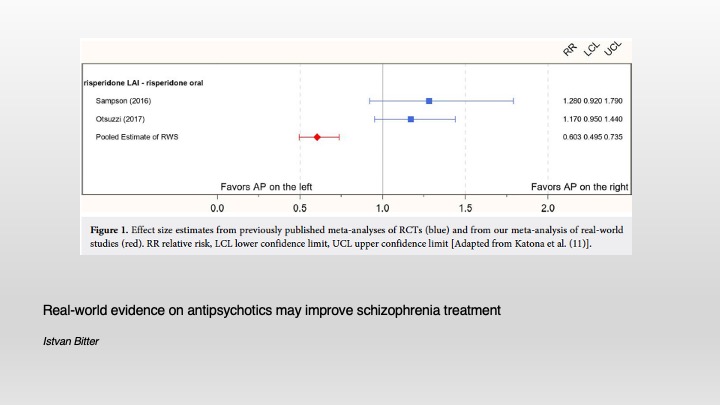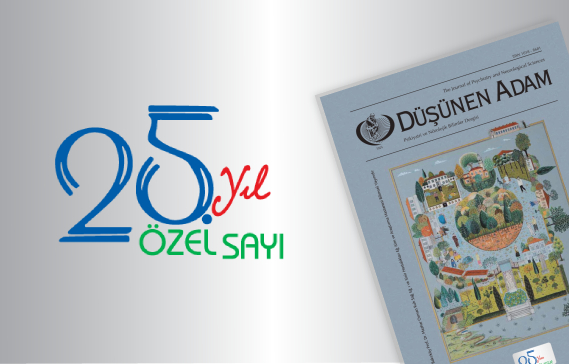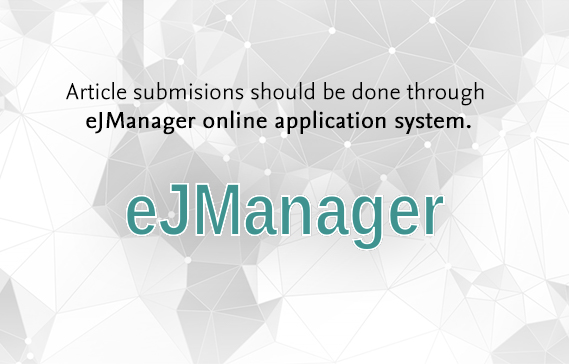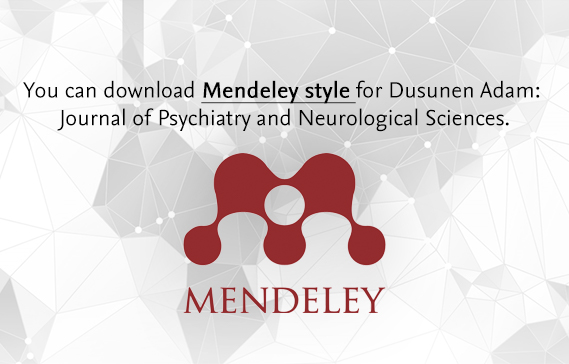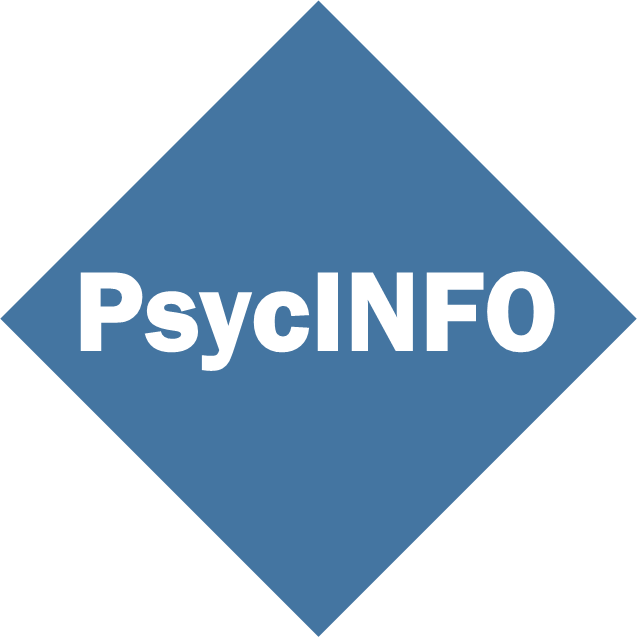Abstract
The purpose of our study is that group information to the patient and the family about the disease in order to increase the compliance to the treatment and to decrease the relapse with positive change is the ability of handling. Most of the recent studies have shown that, this kind of methods affect positively on both the patients and their family. This study which developed from psychiatry, psychology and education sources and application results proved that it was an available model in psychiatry. A model that replays to the patient and his families needs was established in that model different than the orders on educational program was developed on the subject of instructional principles. Education and instructional concepts was discussed and the psychoeducational studies was based on this subjects. Besides, the educational program, their application, kinds of instruction the instruction model and the educational efforts importance was inquired. This model includes the group sessions for the patients and their family which were added to the standard hospital treatment.
This research was planned on 5 days, 2 hours lasting sessions on thirty Psychiatry linic of Bakırköy Psychiatry Hospital. Psychoeducational approaches were presented to the patients with slides that were prepared by Microsoft power point program on computer. There slides comprise six main subject headline that were; 1- Educational 34, 2- Etiology of the disease, 3- Symtoms of the disease 70 (depression 45, mania 30), 4- Drug therapy and side effects 80, 5- Family 34. Bipolar diseased patients method the DSM IV criterions who had the standard therapy on the clinic and the families who we had related. We used a trial method which pretest and final test with control groups. As in the trial group 40 patients, 40 family and the control group with 40 patients and their family a total of 10 were studied. We used fave means of data in our study. We used the scalar often he validity and the reliability were tested. For data analysis, related t test unrelated t test bidimensional variant analyze were used. In statistic dealing .05 identified as significant value.
Araştırmanın amacı ; hasta ve aileyi hastalık hakkında bilgilendirerek, tedavi uyumunu artırmak, hastalıkla başaçıkma yeteneklerinde olumlu değişiklikler sağlayarak relapsları azaltmaktır. Pek çok araştırma bu girişimlerin hastalar ve aileleri üzerinde pozitif etkisi olduğunu göstermektedir. Bu araştırma, psikoloji ve eğitim kaynaklarından yararlanılarak geliştirilmiş olup, uygulama sonuçları psikiyatri alanında kullanılabilir bir model olduğunu kanıtlamıştır. Aile üyelerinin ve hastaların ihtiyaçlarına cevap verecek şekilde bir model geliştirilmiştir. Bu modelde, benzerlerinden farklı olarak öğretim ilke ve yöntemleri zemininde eğitim programı geliştirilmiştir. Eğitim, öğretim kavramları tartışılmış, psikoeğitimsel çalışmaların zemini bu kavramlara oturtulmuştur. Ayrıca eğitim programları bu programların uygulanması, öğrenme, öğrenme çeşitleri, öğrenme modelleri ve eğitimsel girişimlerin öneminden bahsedilmiştir. Bu model standart hastane tedavisine ek olarak hastalar ve aileleri için grup oturumlarını da kapsayan bir girişimdir.
Araştırma, Bakırköy Ruh ve Sinir Hastalıkları Hastanesi III. Psikiyatri Kliniği'nde 5 gün 2'şer saatlik oturumlar şeklinde planlanmıştır. Psikoeğitimsel yaklaşım hastalara bilgisayarda microsoft power point programında hazırlanmış slaytlarla sunulmuştur. Bu slaytlar, altı konu başlığını, kapsayacak şeklinde şöyle hazırlanmıştır: Eğitim 34 hastalık nedenleri 42, hastalık belirtileri 75 (depresyon 45, mani 30), ilaçla tedavi ve yan etkileri 80, aile 34 slayt. Araştırmaya katılan kişiler; DSM N kriterlerine göre Duygudurum bozulduğu tanısı almış, klinikte standart tedavisi yapılmış, aile ile ilişki kurulan hasta olarak belirlenmiştir. Araştırmada öntest-sontest kontrol gruplu deneysel model kullanılmıştır. Deney grubuna; 40 hasta, 40 hasta ailesi, kontrol grubuna da 40 hasta, 40 hasta ailesi olmak üzere toplam 180 kişi alınmıştır. Araştırmada, 5 veri toplama aracı kullanılmıştır. Geçerlilik ve güvenilirlik sınamaları sonucunda ölçeklerin kullanılabilirliğine karar verilmiştir. Verilerin çözümlenmesinde ilişkili t testi, ilişkisiz t testi, iki boyutlu varyans analizi istatistik teknikleri kullanılmıştır. İstatistik işlemlerde .05 manidarlık düzeyi benimsenmiştir.

